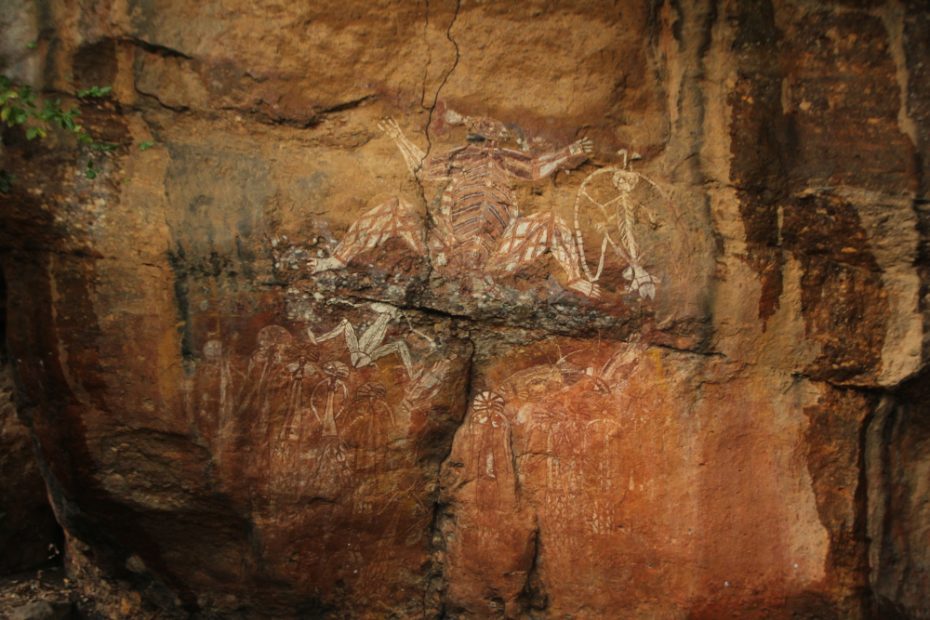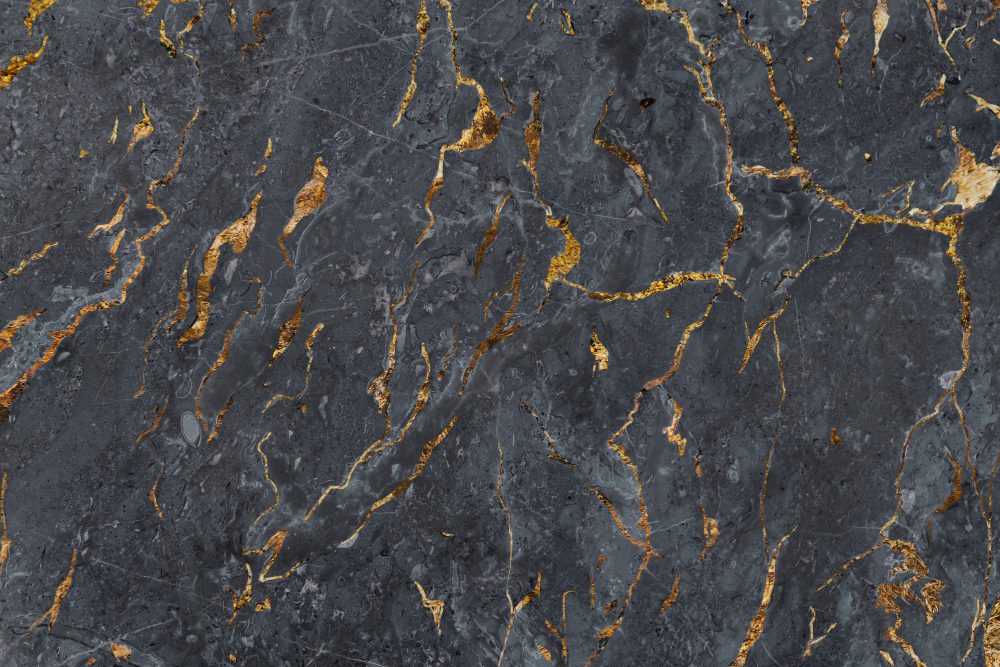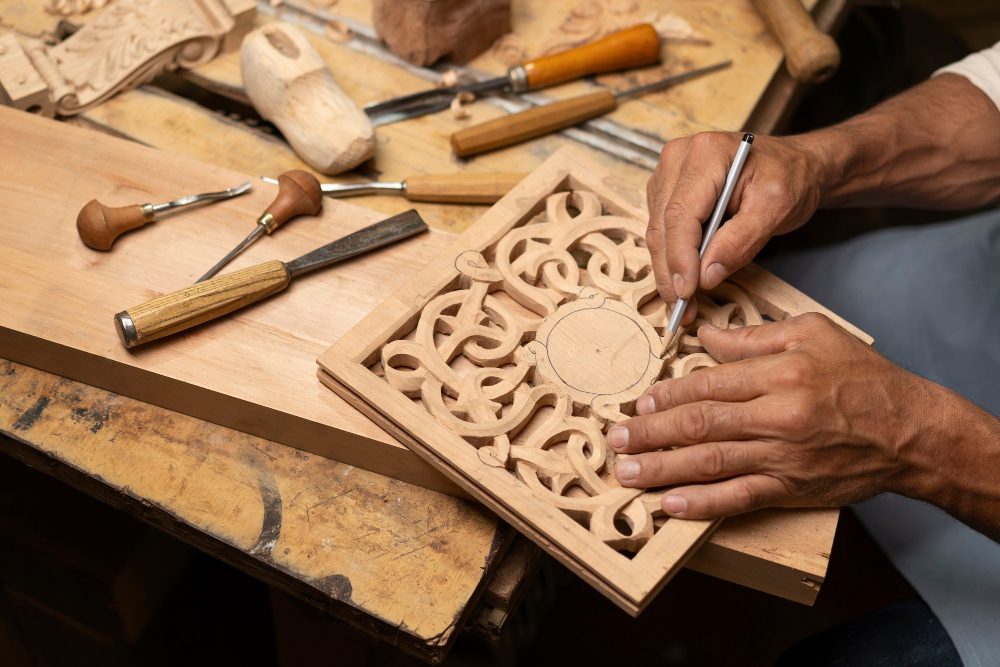What are the four basic types of Stone Age art?
The Stone Age, a prehistoric period that lasted for millions of years, was characterized by the use of stone tools and marks a significant milestone in the development of human civilization. During this time, our ancestors left behind stunning examples of art, which provide us with a glimpse into their lives and culture. Stone Age art can be broadly categorized into four basic types: cave paintings, rock art, venus figurines, and megalithic art.
Cave Paintings
Cave paintings are one of the most remarkable forms of Stone Age art. These intricate and vibrant paintings were created by early humans on the walls of caves, primarily using pigments made from natural materials such as charcoal, ochre, and animal fat. The depictions often feature animals, hunting scenes, and human figures, providing valuable insights into the daily life, rituals, and beliefs of our ancestors. The most famous examples of cave paintings can be found in places like Lascaux in France and Altamira in Spain.
“Cave paintings offer a unique window into the minds of our Stone Age ancestors.”
Rock Art
Rock art is another fascinating form of Stone Age art that involves creating images or designs on rocks or cliffs. Unlike cave paintings, rock art is exposed to the elements and can be found in various locations around the world. Petroglyphs, which are designs carved or scratched into rocks, and pictographs, which are images painted or drawn on rocks, are both forms of rock art. The motifs depicted in rock art often include animals, human figures, symbols, and abstract patterns, serving as a visual record of the culture and beliefs of ancient societies.
Venus Figurines
Venus figurines are small sculptures of voluptuous female figures, typically made from stone, clay, or bone. These figurines, dating back to the Paleolithic period, were named after the Roman goddess of beauty due to their emphasis on fertility and the female form. Venus figurines were widely spread throughout Europe during the Stone Age and are believed to have held significant cultural and religious importance. While the exact purpose and symbolism behind these figurines remain a subject of debate among archaeologists, they offer valuable insights into ancient beliefs surrounding fertility, femininity, and spirituality.
Megalithic Art
Megalithic art refers to the artistic expressions found on large, prehistoric stone structures known as megaliths. These structures, such as Stonehenge in England and Newgrange in Ireland, were constructed using massive stones and often served as burial sites or ceremonial monuments. The art found on megaliths includes intricate carvings, engravings, and inscriptions, depicting various symbols, motifs, and abstract designs. Megalithic art provides clues about the belief systems, rituals, and social structures of the ancient societies that built these impressive structures.
In conclusion, Stone Age art encompasses a diverse range of creative expressions that provide us with valuable glimpses into the lives, beliefs, and cultures of our ancient ancestors. From the awe-inspiring cave paintings and rock art to the enigmatic Venus figurines and monumental megalithic art, each type offers a unique perspective on our shared history. By studying and appreciating these extraordinary works, we can gain a deeper understanding of our human heritage and the remarkable achievements of those who came before us.
What material did Stone Age art use?
The art produced during the Stone Age is a testament to the creativity and resourcefulness of our ancient ancestors. Various materials were used to create these works of art, each with its own unique characteristics and significance.
Rock and Cave Walls
Rock was one of the primary materials used in Stone Age art. Stone tools were employed to carve and shape rocks, resulting in intricate sculptures and statues. These artworks often depicted animals, humans, and abstract symbols. The durability of rock made it an ideal canvas for expressing cultural beliefs and practices.
Cave walls served as another medium for Stone Age artists. The dark interiors of caves provided a suitable backdrop for paintings and engravings. Natural pigments such as charcoal, ochre, and hematite were used to create vibrant and detailed images. Animal figures, hunting scenes, and ritualistic symbols adorned the walls, offering insights into the daily lives and spiritual practices of our ancient ancestors.
Bone and Ivory
Bone and ivory were also commonly utilized in Stone Age art. These materials were shaped into tools, weapons, and decorative items. Intricate engravings and carvings were made on bone and ivory surfaces, showcasing the artistic skills of the prehistoric craftsmen. Animal motifs were prevalent in these artworks, providing a glimpse into the relationship between early humans and the natural world around them.
Clay and Pottery
Clay played a significant role in Stone Age art, particularly during the Neolithic period. It was molded and shaped into various forms, including figurines, vessels, and architectural elements. Pottery, made by firing clay, emerged as a distinctive art form. The intricate designs and patterns embellished on pottery items reflected the cultural heritage and aesthetic sensibilities of different Stone Age societies.
Textiles and Organic Materials
In addition to rigid materials, Stone Age artists also explored textiles and other organic materials. Fibers from plants and animals were woven together to create textiles, which were adorned with decorative patterns and designs. These textiles played an essential role in daily life, functioning as clothing, shelter, and symbolic objects.
“Stone Age art demonstrates the remarkable ingenuity and creativity of our ancient ancestors, using materials easily accessible to them.”
In summary, Stone Age art utilized a diverse range of materials, including rock, cave walls, bone, ivory, clay, pottery, textiles, and organic substances. Each material provided a unique medium for expression, allowing our ancestors to communicate their beliefs, experiences, and cultural practices through visual art.
What is the oldest art in the world?
Prehistoric Art
The oldest art in the world dates back thousands of years, during the prehistoric period. Prehistoric art refers to artworks created by early humans before the invention of writing systems. These ancient artworks provide valuable insights into the lives and beliefs of our ancestors.
Cave Paintings
One of the earliest forms of art discovered is cave paintings. These paintings were found in various locations around the world, such as Lascaux in France and Altamira in Spain. These stunning cave paintings showcase the artistic abilities of early humans and depict various animals, hunting scenes, and symbols.
Petroglyphs
Petroglyphs are rock carvings made by engraving or incising patterns onto stone surfaces. They are another form of ancient art that can be traced back thousands of years. Petroglyphs are found in different parts of the world and often depict animals, human figures, and abstract designs.
Venus Figurines
Venus figurines are small sculptures depicting female figures. These figurines are among the oldest examples of portable art and have been found across Europe. They are believed to symbolize fertility and are thought to have played a role in early rituals and ceremonies.
Neolithic Pottery
Neolithic pottery is another significant form of ancient art. Pottery vessels were crafted during the Neolithic period, representing a major advancement in human civilization. These vessels were not only functional but also decorated with intricate patterns and designs.
“Art enables us to connect with our ancestors and gain a deeper understanding of their culture and way of life.”
“Art enables us to connect with our ancestors and gain a deeper understanding of their culture and way of life.”
Significance of Ancient Art
Ancient art provides invaluable insights into our past. It allows us to understand the beliefs, customs, and daily life of our ancestors. These artworks serve as a visual record of early human history, helping us piece together the puzzle of our origins.
Artistic Achievements of Early Humans
Early humans had a remarkable ability to create art with limited resources. The intricate cave paintings, petroglyphs, and sculptures they produced demonstrate their artistic talents and creative expression.
A Window into the Past
Studying ancient art not only provides a glimpse into the lives of early humans but also aids in understanding the evolution of artistic techniques and styles throughout history. It allows us to appreciate the rich cultural heritage that has been passed down through generations.
In summary, the oldest art in the world can be found in various forms such as cave paintings, petroglyphs, Venus figurines, and Neolithic pottery. These ancient artworks offer valuable insights into the lives and beliefs of our ancestors. They serve as a testament to the artistic achievements of early humans and provide a window into our past. By studying and appreciating these ancient masterpieces, we can gain a deeper understanding of our own cultural heritage.



